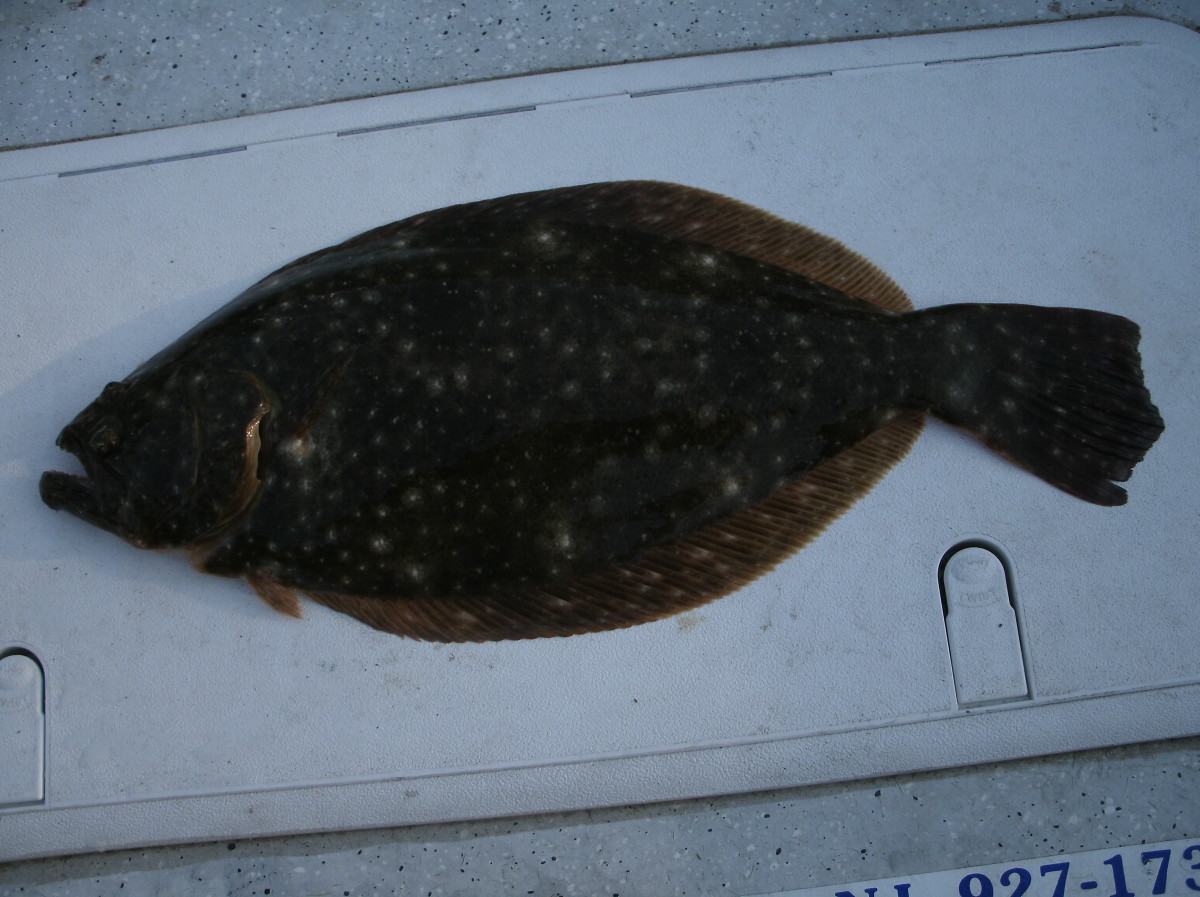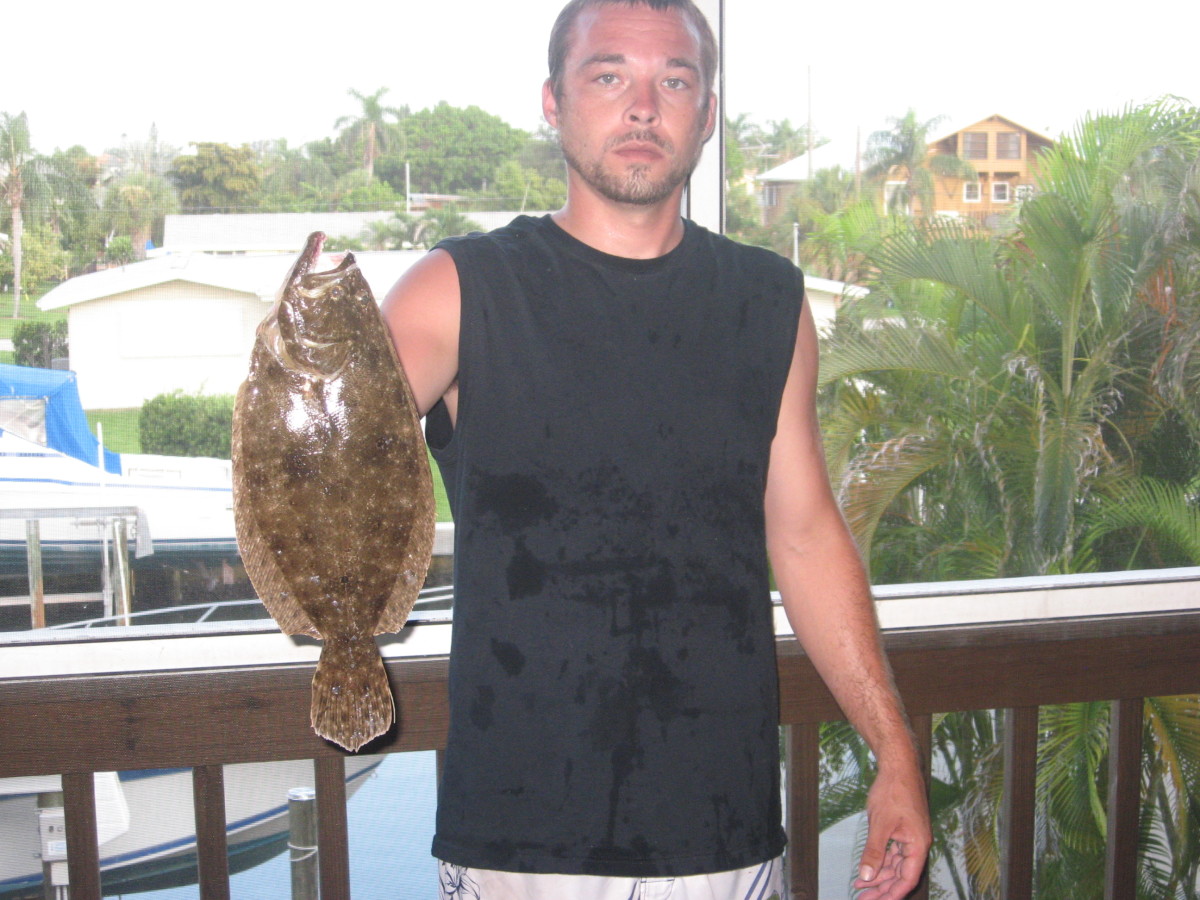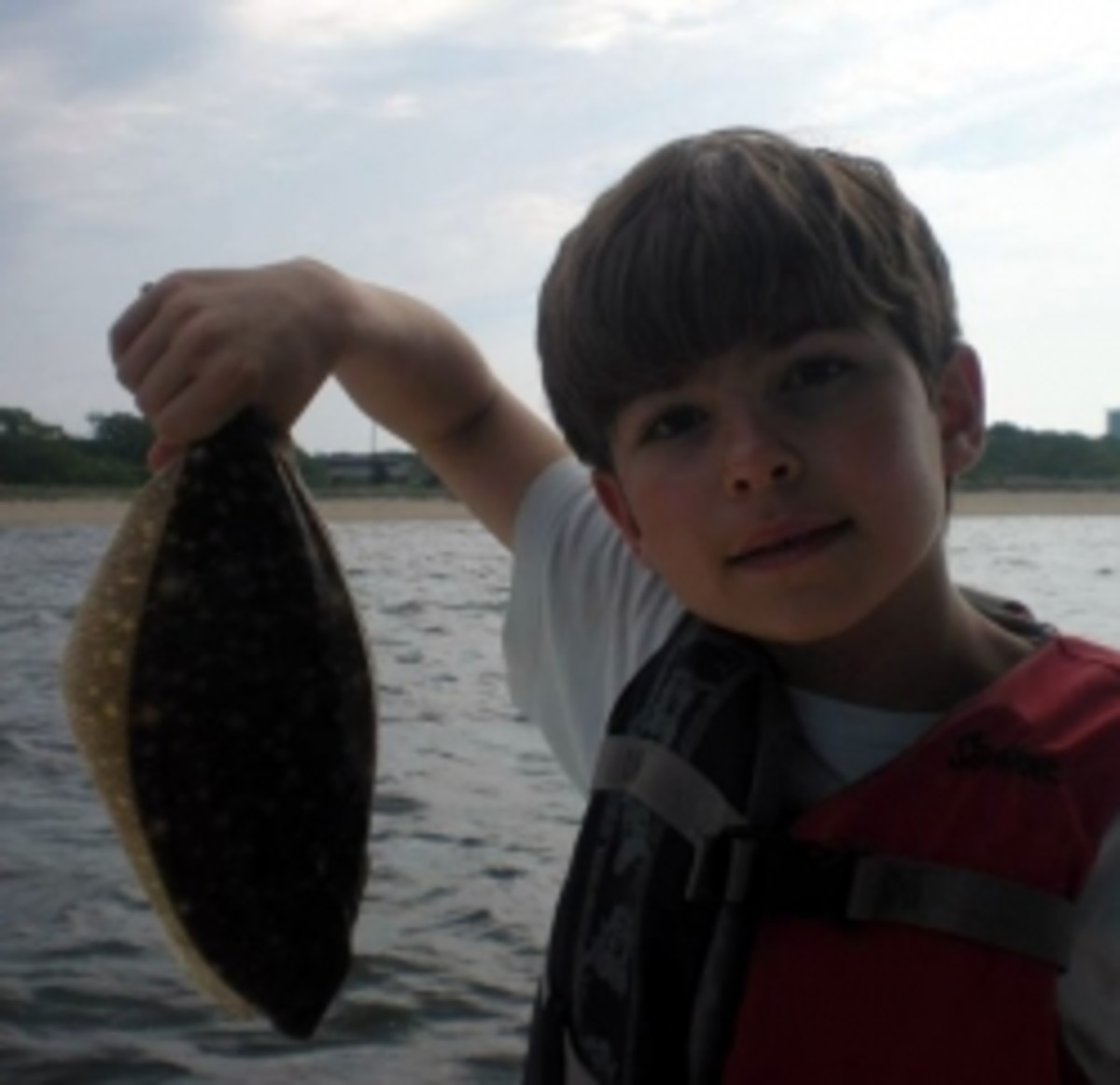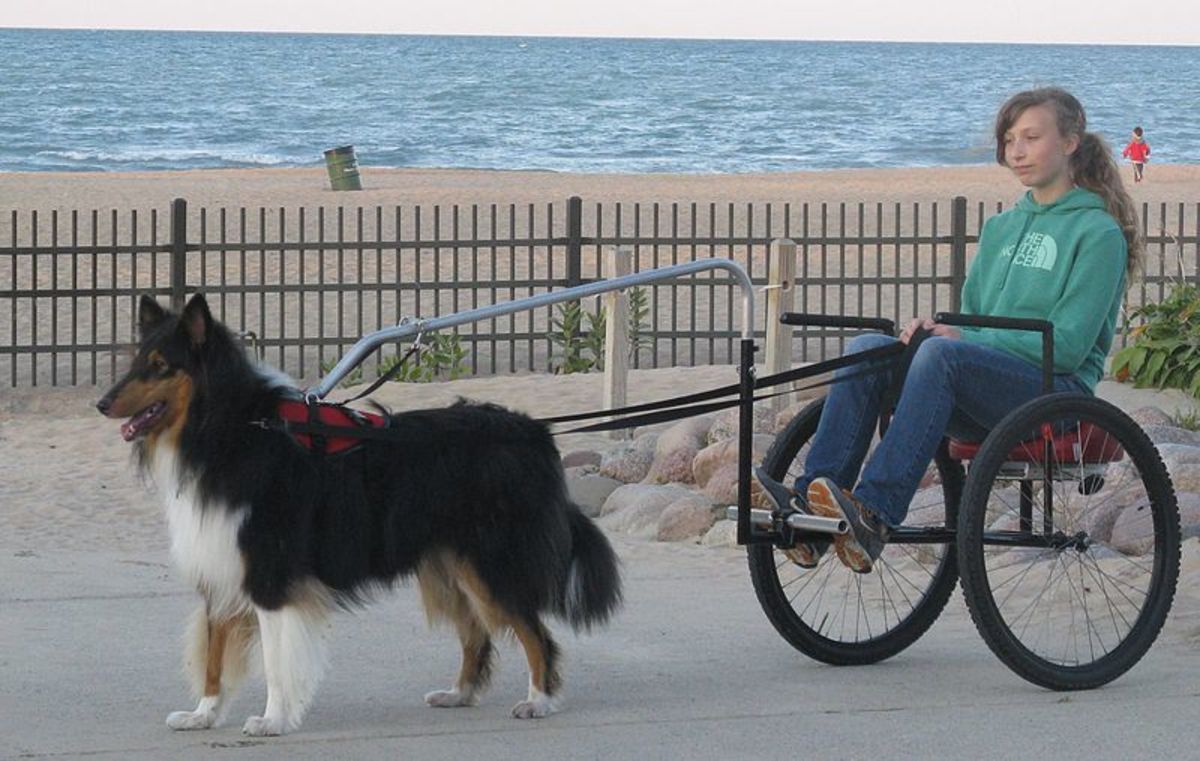Flounder Fishing
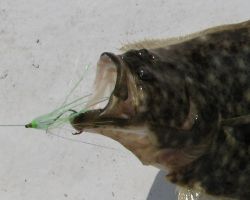
Flounder Fishing - Summer Flounder (Fluke), Winter Flounder and Yellowtail Flounder
This page is about fishing for, catching, cleaning and cooking summer flounder, also known as fluke.
Also included are brief descriptions of other Atlantic Coast flatfish.
Summer flounder are popular from New England southward among recreational fishermen and seafood lovers.
According to a report to Congress from NOAA's Fisheries Service, Atlantic coast summer flounder were declared rebuilt to healthy levels in 2011.
Flounder meat is mild, white and fine grained.
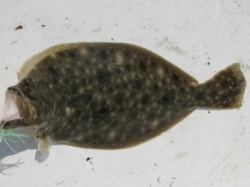
How to Catch Summer Flounder (Fluke)
Flounder outfits are simple; baitcasting and spinning rods spooled with 10-20-lb line. Anglers use a variety of flounder fishing rigs, depending on location, season and other factors.
What's the best bait for summer flounder (fluke)?
Along the Atlantic Coast, live minnows, silverside minnows and squid strip baits are among the most common flounder baits. Anglers sometimes fish a combination of baits, such as the famous "squid-minnow sandwich". Flounder will eat almost anything and are sometimes caught on eels, shrimp, crabs, strips of cut bait, and other baits.
There are many flounder rigs available in local tackle shops. They are available in every color under the rainbow but if you have white, pink, and chartreuse you've probably got all you need. Several 2 hooks styles are popular, employing either skirted hooks, naked presentations or combinations of both.
Another popular flounder rig is the single hook rig. This setup uses a circle or kahle hook, dressed with a mylar skirt and rigged on a 36-42 inch leader. A 3 way swivel connects the leader, sinker and main line.
Depending the depth and current, you'll need a selection of sinkers from 1/2 to 3 ounces. Some anglers prefer found that sinkers glide over the bottom easily and are less prone to hang ups.
While it's true that bigger baits catch bigger fish, don't forget that elephants eat peanuts too. Flounder are notorious for mouthing a bait before they eat it. When you feel a flounder bite, give them a little drop-back. Some people will feed them line for a few seconds. Other anglers hook flounder by pointing the rod at them and when you feel the weight of the fish, lift up the rod tip.
Play flounder steady, don't try to horse into the boat. When the fish reaches the boat, the anglers should lead the fish head first towards the net.
Flounder Fishing Books
Southern Flounder
Southern flounder (Paralichthys lethostigma) occur from North Carolina to the mouth of the Rio Grande and southward into Mexico. The species are estuarine dependent members of the left-eyed flounder family that include summer flounder and Gulf flounder. Southern flounder migrate offshore and south during late fall and winter and inshore and northward during late spring and summer. Female of the species may reach lengths up to 36 inches and weigh over 20 pounds while males seldom exceed 12 inches in length.
Cleaning Fish
- How to Clean and Fillet Flounder
This page describes how to clean and fillet flounder (fluke).
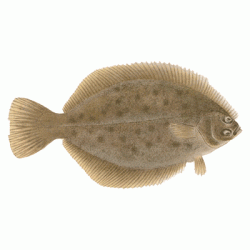
How to Catch Winter Flounder
Winter flounder are fun to catch on light tackle. Anglers typically use a medium action spinning rod with a 10-15 lb. test line.
Rigs for catching these flatfish include a traditional 2 hook top and bottom rig or wire spreader bar rigs.
Popular baits for catching winter flounder include small pieces of mussels, sandworms, bloodworms and surf clams.
Yellowtail Flounder
Yellowtail flounder reach lengths of about 22 inches, weighing 2 pounds or more. They are found along the Atlantic coast of North America from the Gulf of St. Lawrence, Labrador, and Newfoundland to the Chesapeake Bay. Yellowtail flounder prefer sandy bottoms in waters between 130 and 230 feet.
Broiled Flounder Parmesan
Broiled Flounder Parmesan
2 pounds flounder fillets
2 tablespoons lemon juice
1/2 cup grated Parmesan cheese
3 tablespoons mayonnaise
1/4 teaspoon salt
1/4 cup butter, room temperature
3 green onions, chopped
thinly sliced lemon and parsley for garnish, optional
Place fillets in a single layer on a greased baking dish or broiler
pan; brush with lemon juice.
Combine Parmesan cheese, mayonnaise, salt, butter, and green onions in
a small bowl; set aside.
Broil flounder fillets 4 to 6 minutes, or until fish flakes easily
with a fork. Remove from oven; spread with cheese
mixture.
Broil about 30 seconds longer, or until cheese is lightly browned and bubbly.
Garnish with sliced lemon and parsley if desired.
Serves 6 to 8.
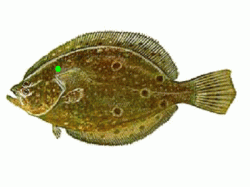
REWARD FOR INFORMATION FROM TAGGED SUMMER FLOUNDER
ATTENTION FISHERMEN:
Florescent green circular tags are pinned through the anterior dorsal region of the fish (see graphic). The "button" portion of the tag bears a serial number and a contact phone number. A select number of fish will also have acoustic tracking tags attached. We encourage the release of any tagged fish with the tag still attached, especially sub-legal sized fish, so that further data can be collected from subsequent recaptures. Any fish with tracking tags should be retained since the tags are reusable.
Whom to contact?
Fishermen encountering these tags are requested to report recapture information to Paul Caruso at the following addresses or phone number:
Massachusetts Division of Marine Fisheries
1213 Purchase St- 3rd Floor
New Bedford, MA 02740
E-mail: paul.caruso@state.ma.us
Phone number 508-990-2860 x 107
What to report?
The serial number, location of recapture, date captured, length of the fish, and your name, address, and telephone number should all be reported. Responders will receive a reward, and randomly selected responders will receive a $100 gift certificate, good for the purchase of fishing equipment or supplies.
Why are summer flounder being tagged?
Summer flounder are being tagged in Massachusetts's waters to determine movement patterns and if the same fish return to local waters in subsequent years. Results of this study could allow the evaluation of alternative management strategies in the future that could benefit local fisheries.


